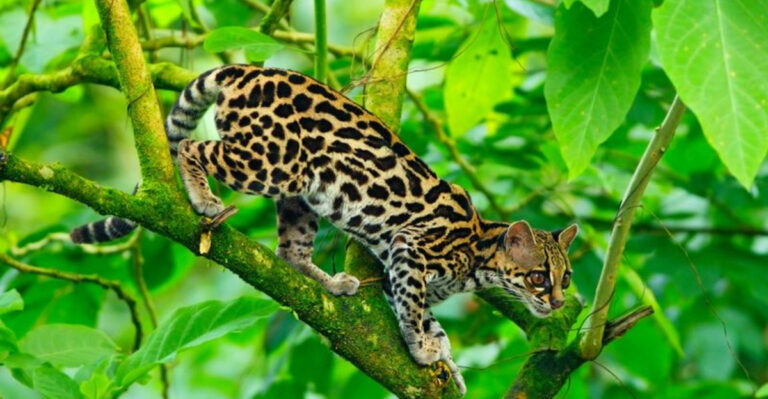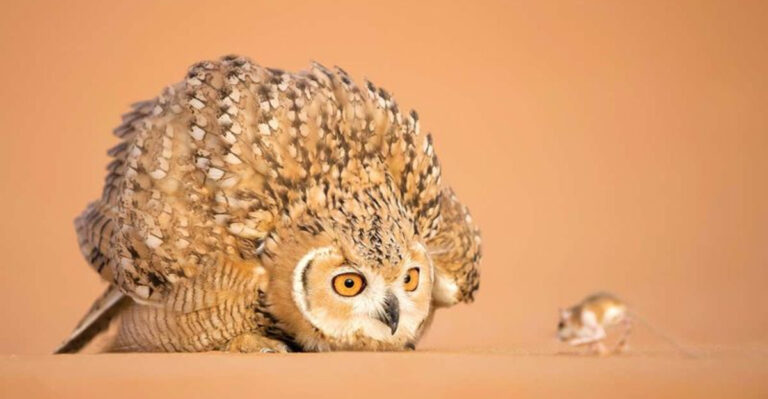18 Endangered Forest Animals That Are Disappearing Fast
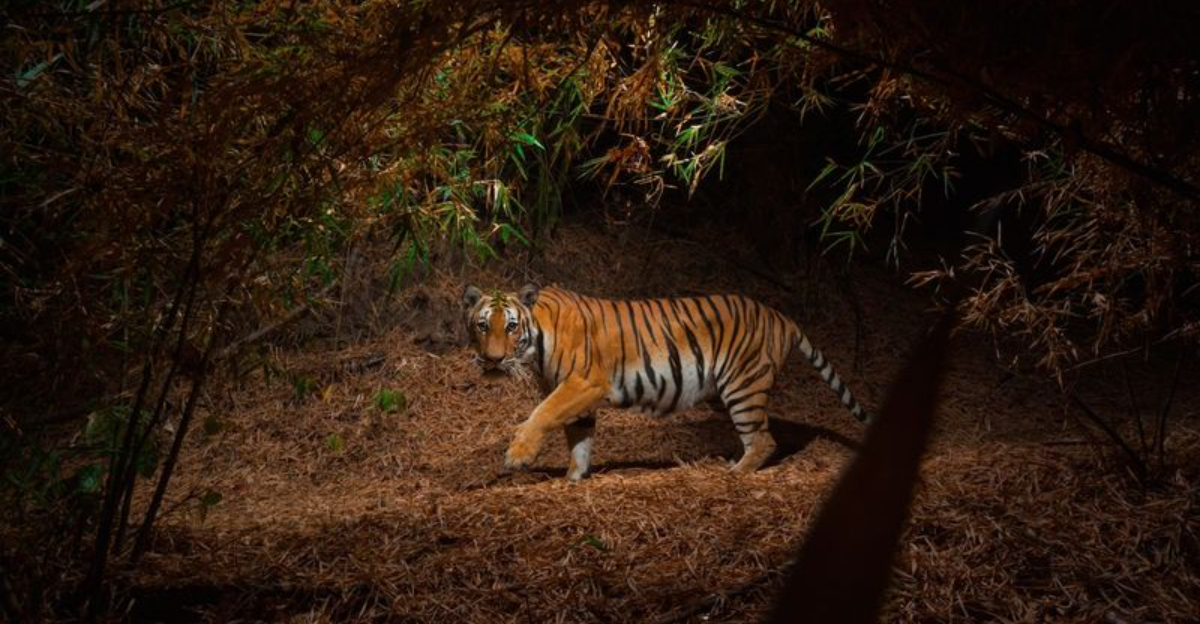
Our planet’s forests are home to incredible animals facing serious survival challenges. From poaching to habitat loss, these creatures are fighting against extinction every day. Let’s explore some of the most threatened forest animals whose numbers are dwindling at alarming rates.
1. Amur Leopard
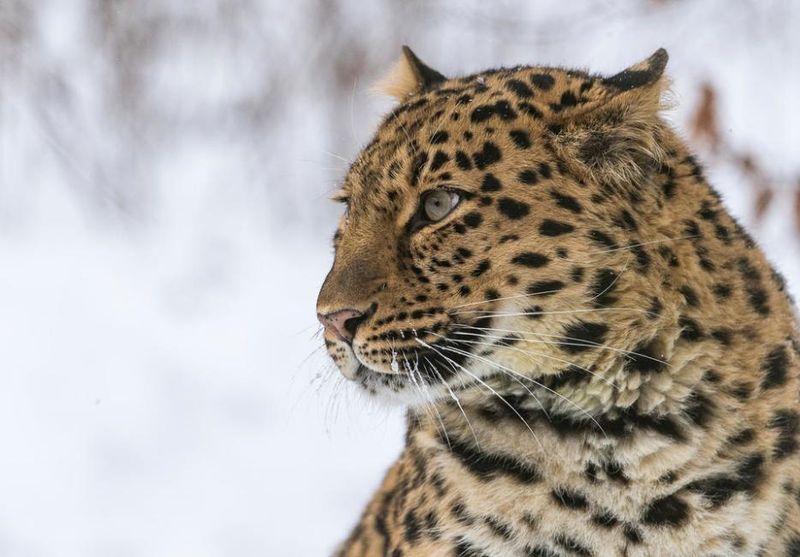
Fewer than 100 remain in the wild, making this spotted feline one of the rarest big cats on Earth. Their breathtaking golden coats with distinctive rosette patterns help them blend into Russia’s snowy forests.
Victims of poaching for their beautiful fur and habitat fragmentation, these solitary hunters now cling to existence in a small region between Russia and China.
2. Sumatran Orangutan
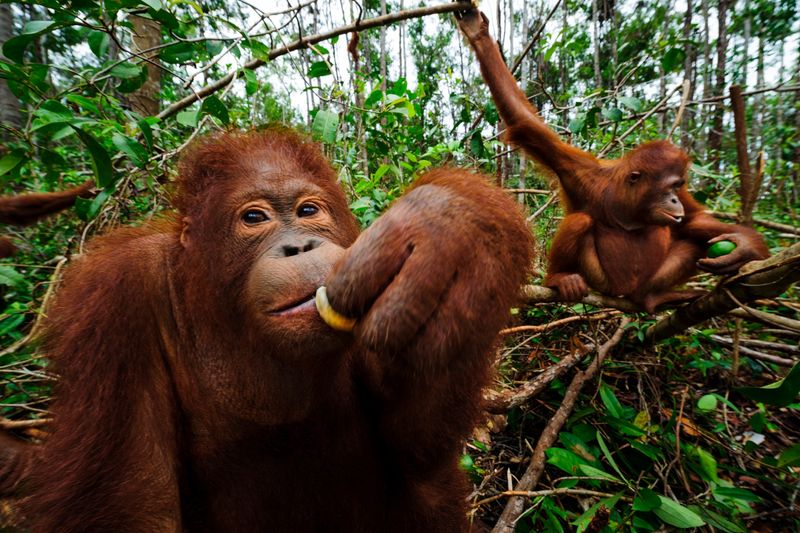
Orange-haired engineers of the Indonesian rainforest, these great apes craft elaborate nests each night from branches and leaves.
Their expressive eyes and gentle movements mask their critical situation. Palm oil plantations have replaced 80% of their native habitat, leaving fewer than 14,000 individuals swinging through the remaining forest canopies of Sumatra.
3. Saola
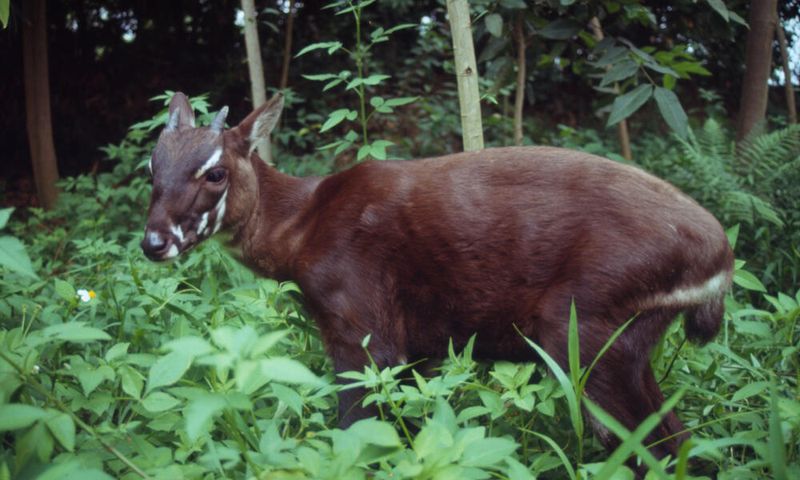
Known as the “Asian unicorn,” this mysterious creature wasn’t discovered until 1992! Long, parallel horns and white facial markings give this relative of cattle an almost mythical appearance.
Camera traps have only captured the saola a handful of times in the remote forests of Vietnam and Laos, with population estimates at fewer than 100 individuals left.
4. Cross River Gorilla
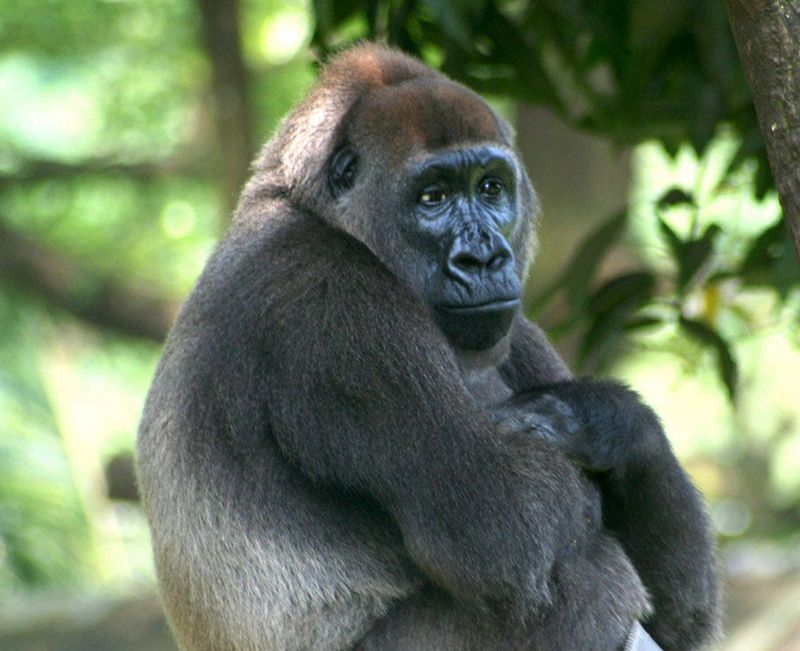
Hidden in the remote highlands between Nigeria and Cameroon, these gentle giants have mastered the art of avoiding humans.
Their slightly lighter colored fur and differently shaped skulls distinguish them from other gorilla subspecies. Hunters and forest clearing have reduced their numbers to roughly 300 individuals spread across fragmented forest patches.
5. Javan Rhinoceros
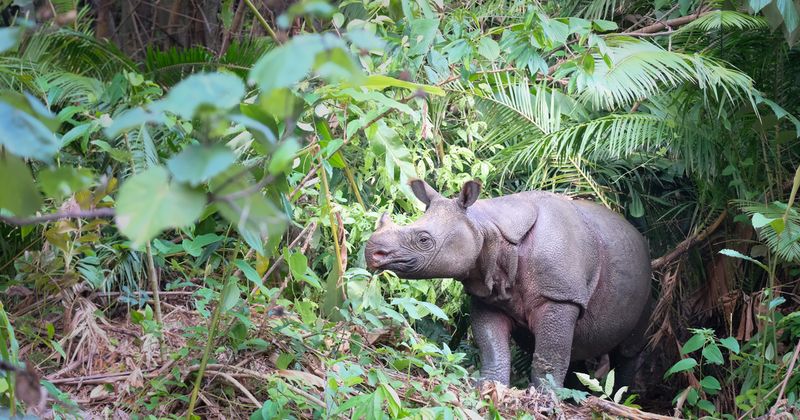
Folded skin that resembles medieval armor covers these forest-dwelling giants, now confined to a single national park in Indonesia.
Unlike their African cousins, these rhinos have just one horn and prefer dense, swampy forests. With only about 75 individuals remaining, they’re among the rarest large mammals on Earth, having disappeared from most of Southeast Asia.
6. Philippine Eagle

Sporting a magnificent crown of feathers, these forest royals can spot prey from over a mile away. Their powerful talons can snatch monkeys right out of treetops in the Philippines’ rapidly shrinking forests.
Fewer than 400 breeding pairs remain, with each pair requiring massive territory. Illegal logging continues to fragment their habitat despite their status as the national bird.
7. Vaquita Porpoise

Adorable black eye patches and mouth markings give these tiny porpoises a perpetually smiling appearance.
They’re the smallest cetaceans in the world, measuring just 5 feet long when fully grown. Found only in Mexico’s northern Gulf of California, fewer than 10 individuals remain. Illegal fishing nets set for other species accidentally trap these shy swimmers.
8. Bornean Pygmy Elephant
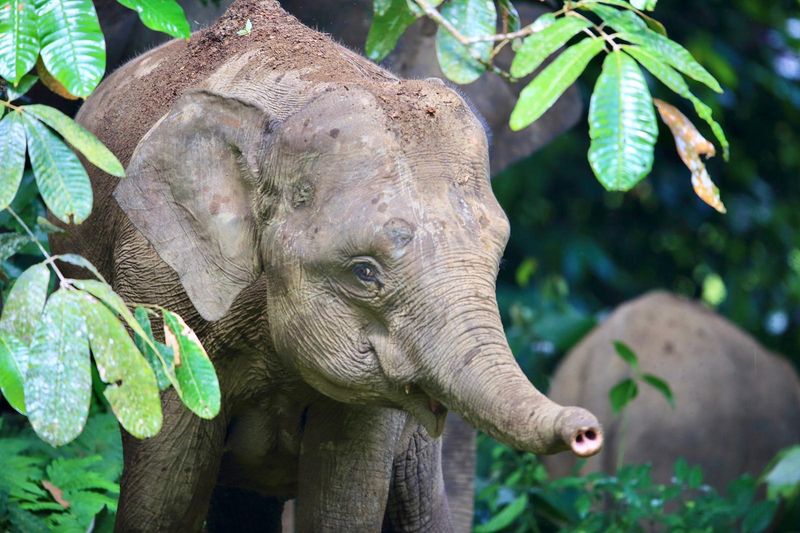
Smaller than their mainland cousins, these baby-faced pachyderms have oversized ears, plumper bellies, and friendlier dispositions.
Their playful nature masks the serious threats they face in Borneo’s diminishing forests. Only about 1,500 remain as palm oil plantations replace their jungle home. Their gentle personalities make them particularly vulnerable to human conflict and habitat loss.
9. Sunda Pangolin
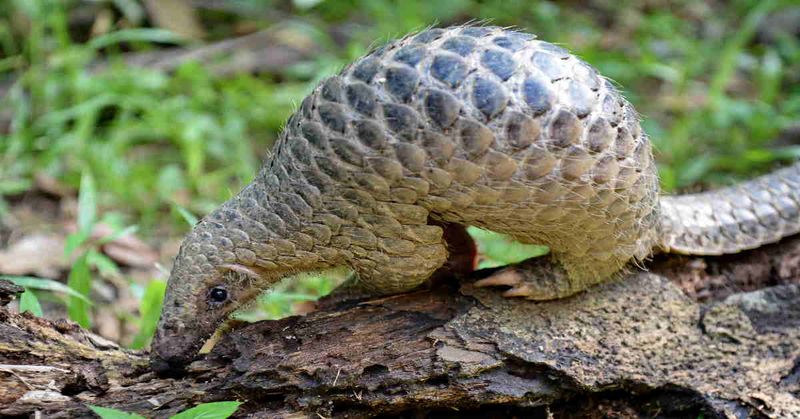
Covered in overlapping scales like a walking pinecone, these shy creatures are the world’s most trafficked mammals.
When threatened, they curl into perfect balls, unfortunately making them easy for poachers to pick up and transport. Their scales are wrongly believed to have medicinal properties in traditional Asian medicine, leading to catastrophic population declines across Southeast Asia.
10. Tapanuli Orangutan
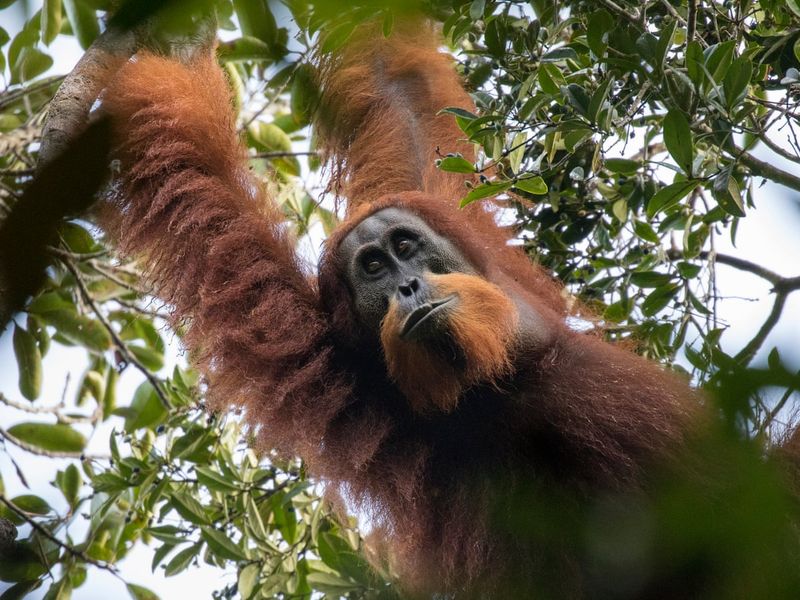
Discovered only in 2017, these golden-haired apes represent the rarest great ape species on Earth. Their frizzier hair, smaller heads, and flatter faces distinguish them from their Sumatran and Bornean cousins.
Restricted to just 1,000 square kilometers of highland forest in Sumatra, fewer than 800 individuals remain as mining operations and hydroelectric projects threaten their tiny range.
11. Indochinese Tiger
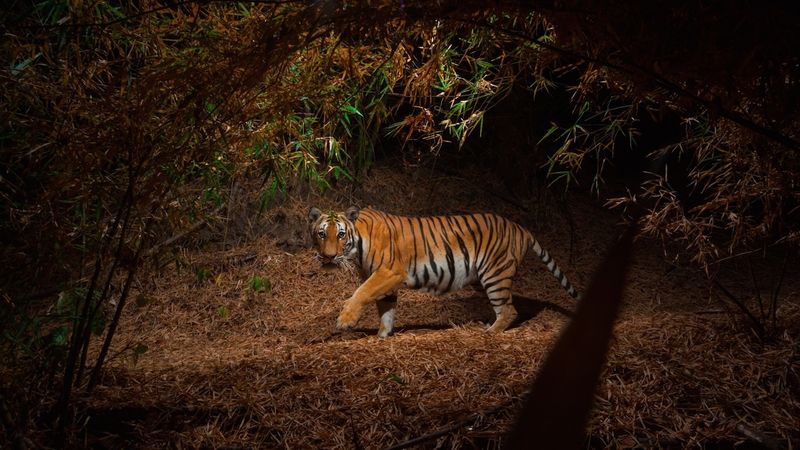
Midnight stalkers of Southeast Asian forests, these muscular predators have narrower stripes than their Bengal cousins.
Moonlight reflects in their eyes as they silently patrol territories that span hundreds of square miles. Fewer than 350 remain scattered across Thailand and Myanmar. Poaching for traditional medicine and trophy parts has decimated populations that once ruled the region’s forests.
12. Mountain Gorilla
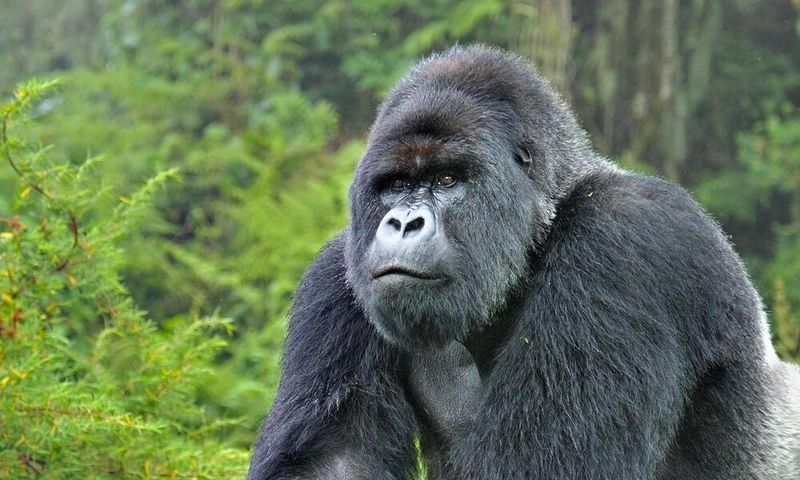
Silverback males defend their families in the misty mountains of central Africa, where these gentle vegetarians build nests each night.
Their thick fur helps them survive at elevations where temperatures drop below freezing. Conservation efforts have helped numbers rise to just over 1,000 individuals. Civil unrest and habitat encroachment still threaten their existence in Rwanda, Uganda, and Democratic Republic of Congo.
13. Chinese Giant Salamander
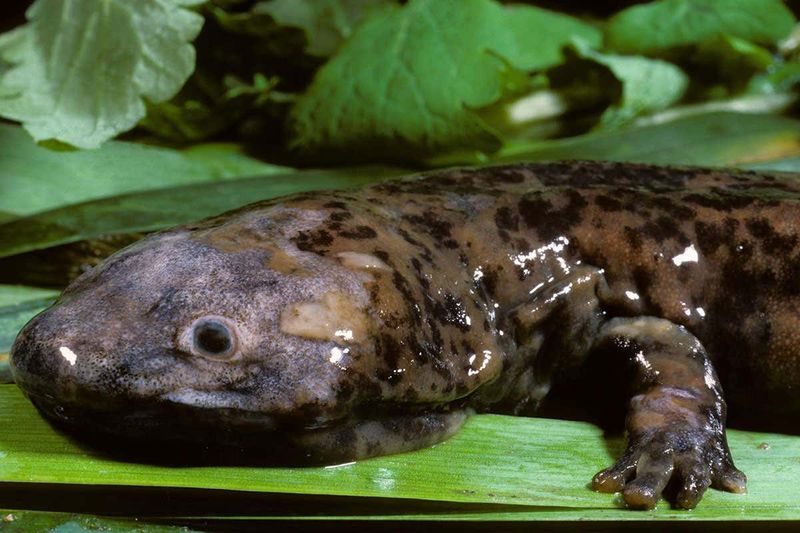
Ancient river monsters that can grow longer than a grown man, these amphibians have remained virtually unchanged for 170 million years.
Their wrinkled brown skin and tiny eyes give them an otherworldly appearance in mountain streams. Considered a delicacy in parts of China, they’ve been harvested to near extinction. Fewer than 50,000 remain in the wild, mostly in remote mountain forests.
14. Sumatran Rhino
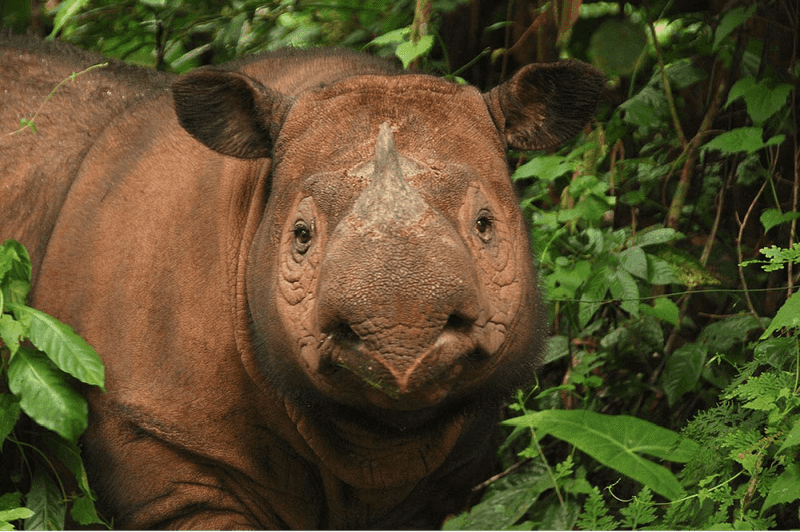
Ancient-looking with shaggy reddish-brown hair, these forest rhinos are the smallest and oldest rhino species. Unlike their relatives, they vocalize with songs that echo through Indonesia’s dense rainforests. Fewer than 80 individuals remain scattered across fragmented habitats.
Their horns, falsely believed to cure diseases, make them targets for poachers despite round-the-clock protection by dedicated rangers.
15. Malayan Tiger
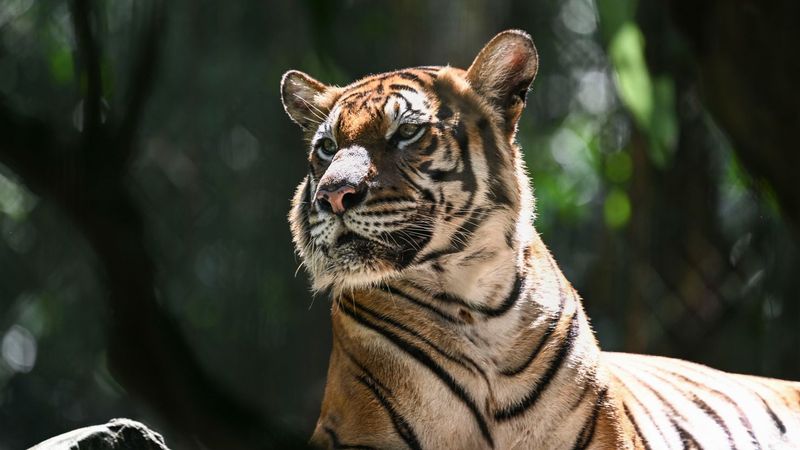
Slightly smaller than their Indian cousins, these striped shadows move silently through Malaysia’s ancient rainforests.
Their distinctive roars can be heard up to two miles away, though few humans ever glimpse these elusive hunters. Fewer than 200 remain in the wild, down from thousands just decades ago. Deforestation for palm oil plantations continues to shrink their hunting grounds.
16. Bornean Orangutan
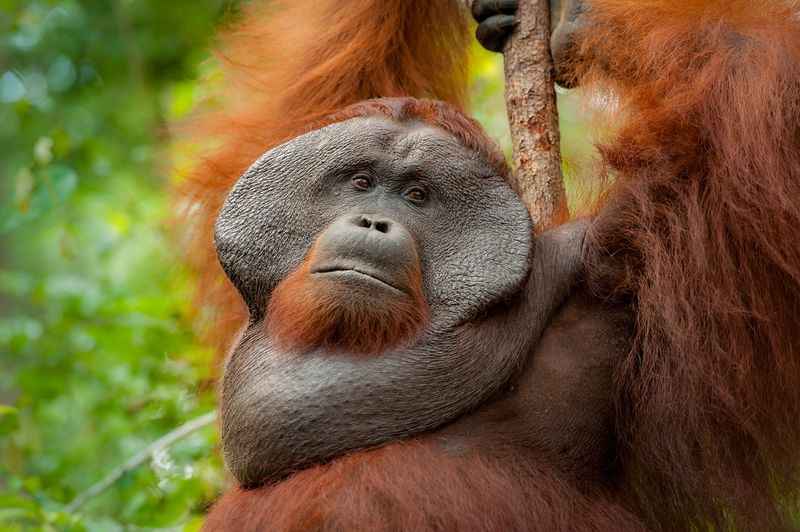
Famous for their remarkable intelligence, these red-haired forest engineers build new sleeping nests each night using sophisticated techniques.
Adult males develop distinctive cheek pads and throat pouches for their impressive vocal displays. Habitat loss has caused population declines of over 50% in just 60 years. Around 104,000 remain in Borneo’s fragmented forests, where they face ongoing threats from palm oil expansion.
17. South China Tiger
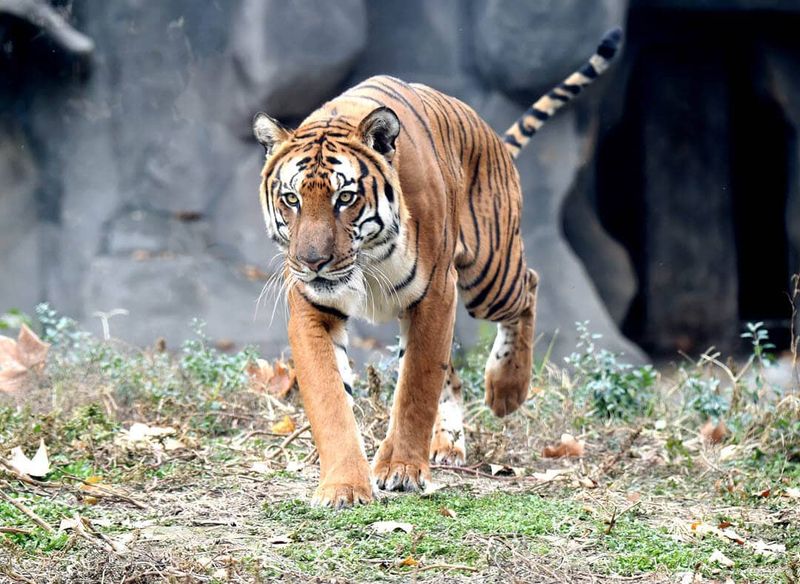
Once the inspiration for countless Chinese cultural symbols, these tigers haven’t been reliably spotted in the wild for over 25 years.
Their shorter, more orange coats with wider stripes distinguish them from other tiger subspecies. Believed to be functionally extinct in nature with none confirmed in the wild, only about 100 remain in captivity. Conservation breeding programs work to someday reintroduce them to protected forests.
18. Cao Vit Gibbon
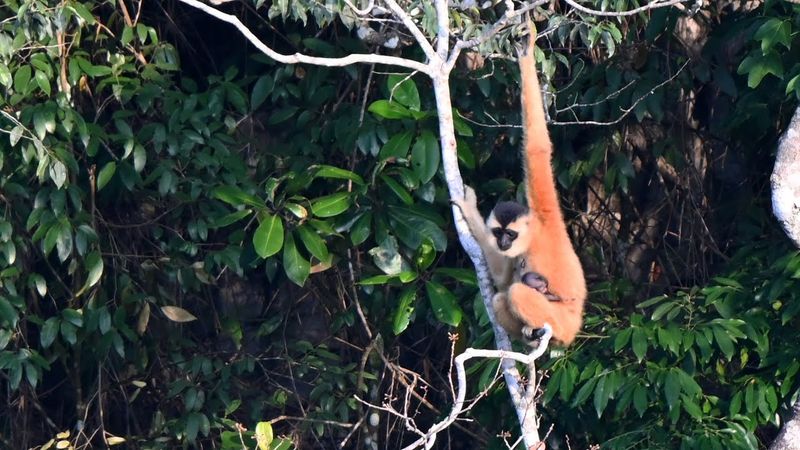
Acrobats of the Asian forest canopy, these small apes perform breathtaking displays of aerial gymnastics between trees.
Their haunting morning songs echo through the misty forests along the China-Vietnam border. Fewer than 150 individuals remain in a tiny patch of limestone forest. Their complex social structures and specialized diet make them particularly vulnerable to habitat disturbance.


